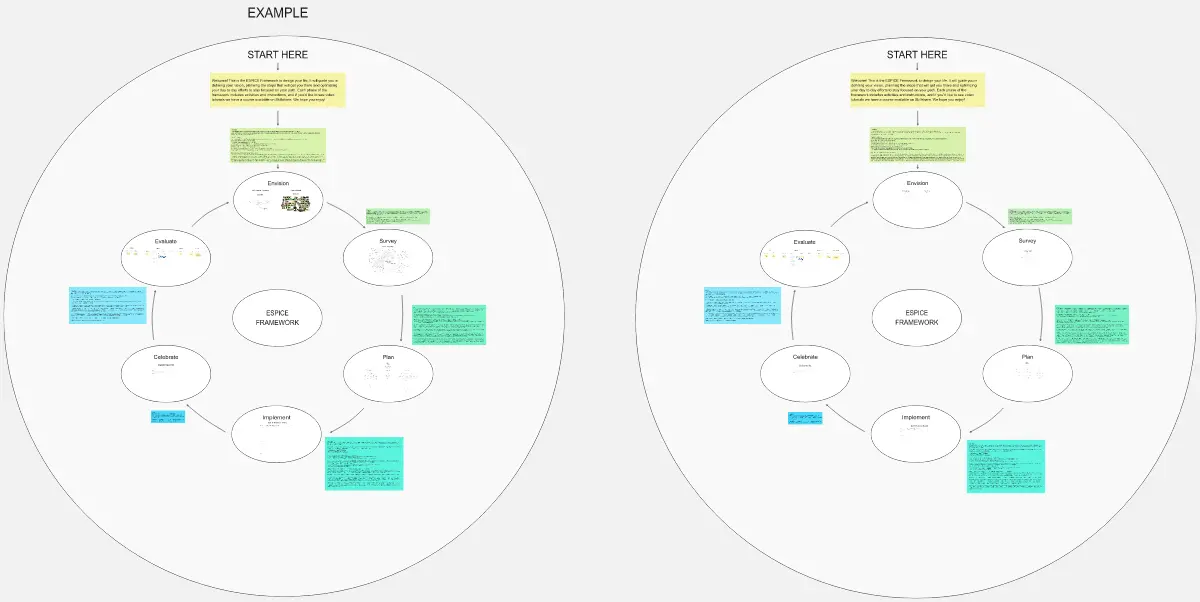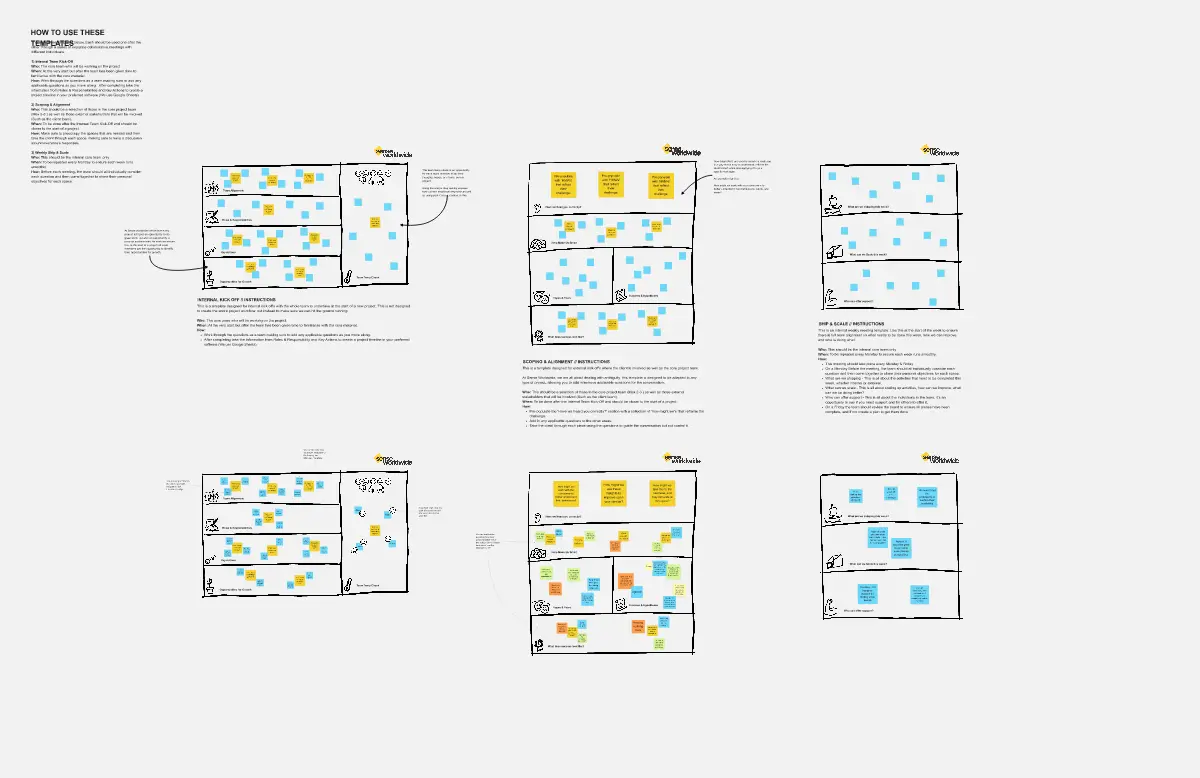After Action Review English
The After Action Review (AAR) is a structured review of a completed period at the end of a work package, phase, initiative, paradigm, or era. Originally, this tool was developed by the US military to learn after a mission from events and results for future assignments:
What is it all about (Requests)?
The yardstick for the review are the original objectives - developing new products and services, increasing efficiency, improving productivity, elevating effectiveness, ensuring deployability, and so on. The objectives should be defined as SMART as possible - specific, measurable, adequate, relevant, and testable.
Which measurement criteria are used to evaluate the events and results? The goal is only achieved when the predefined thresholds are reached and plausible, such as cost, time, quantity, content, and quality goals.
What have we achieved (Achievements)?
Yields (i.e., deliverables or effects) can be tangible or intangible. Tangible outputs are expendable, durable, consumption, and industrial goods valued in terms of quantity. Intangible outputs are the qualities of tangible products and, above all, personal and/or material services, such as consulting, entertainment, mediation, insurance, etc.
Many insights for future initiatives can be derived from the steps taken to produce the results. Interesting are individual processes, their sequence, the number and roles of the participants, as well as the duration of the entire process and, if appropriate, individual steps.
An (intermediate)result should ALWAYS contribute to the overall result. For this, the events are considered in terms of the necessity and purpose they pursue. "Meaningless" results that do not contribute to the project should be identified and subsequently avoided.
How do we do this next time (Lessons learned)?
Every project is, by definition, unique. This always results in new understanding and experiences of varying strength. From this, actions can be derived that will be avoided or given special attention in future activities.
The actions that did not work require special attention, as they should be avoided next time. These are mistakes like clumsy procedures, and formats of the participants, decision-makers, and executors.
What worked well should be pointed out, considered, and reused next time - effective procedures, clever templates, involvement of specific people, and helpful resources.
In addition to the factual strengths and weaknesses already mentioned, the personal preferences point to other facts useful to other measures.
After the lessons learned are available, they impact the quickest when used in the short term. Where can which insights be used starting from tomorrow?



